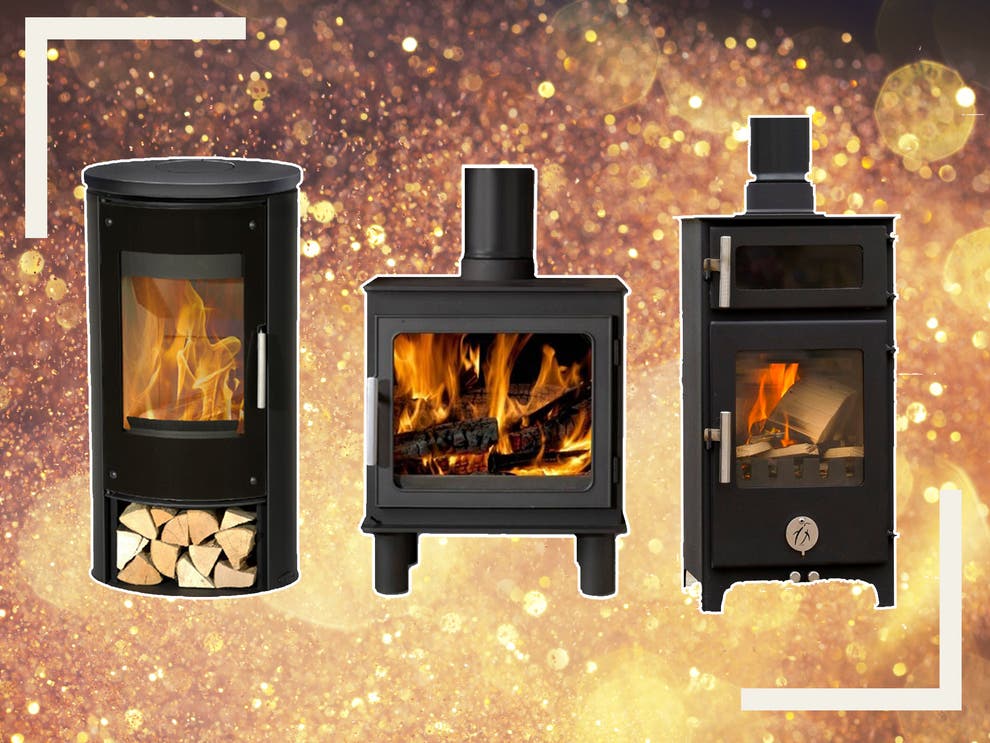As more individuals seek sustainable lifestyle alternatives, firewood stoves have become growing more and more popular as a environmentally friendly heating source option. These charming devices not only offer heat and also bring us closer to a cherished tradition of using natural resources for energy. During an time in which energy conservation and ecological sensitivity are at the forefront of home improvement conversations, recognizing the merits of wood burning stoves might enable homeowners make informed choices.
In this article, we will discuss the various advantages of installing a wood burning stove in your residence. With enhanced heating performance to potential financial savings, these units offer a myriad of pros. If you are a complete beginner or someone wanting to upgrade your existing setup, we can lead you through everything about firewood stoves, such as how to pick the right model, tips for proper functioning, and maintenance guidelines which guarantees your unit remains functional for many years to follow. Join Eco Wood Burners Morley as we delve into the fascinating realm of firewood stoves and their role in establishing a warm green living space.
Benefits and Efficiency of Wood Burning Stoves
Wood burning stoves offer many benefits that make them an attractive heating option for many homeowners. One of the primary advantages is their capacity to generate significant heat while being more eco-friendly compared to standard heating methods. Utilizing wood as a renewable resource, wood burning stoves can greatly reduce reliance on fossil fuels, contributing to a smaller carbon footprint. Additionally, recent advancements in stove technology have led to better combustion efficiency, which means more heat is produced from less wood, making them a economical choice for heating areas.
Another significant benefit is the atmosphere that wood burning stoves provide. The aesthetic appeal of a crackling fire creates a cozy and inviting atmosphere, enhancing the overall look of a home. This cozy feel goes beyond just decoration, often encouraging socializing and creating cherished family moments around the hearth. Furthermore, the independent nature of wood burning stoves allows homeowners to enjoy heating without being dependent to gas or electricity, making them a flexible option, especially in rural areas or during power outages.
When evaluating efficiency, wood burning stoves have been shown to improve overall home heating performance. Unlike traditional heating systems that may use up a large amount of energy, these stoves can deliver focused warmth directly to the living space. Many new wood stoves come equipped with innovative features such as secondary combustion and insulation, which enhance their efficiency and minimize heat loss. As a result, well-maintained wood burning stoves can offer effective heating solutions while also being kinder to the environment.
Installation and Security Considerations
When installing a fireplace stove, correct positioning and clearance from flammable materials are essential for safety. The stove should be located on a fireproof base and have sufficient space around it according to local building codes. Ventilation is also vital, as it ensures that harmful gases are safely expelled into the outside air while allowing sufficient air to sustain the fire. Consulting a professional installer can help determine the best location and confirm that all safety standards are followed.
Safety precautions should not be neglected during installation. A flue must be properly installed to prevent creosote buildup, which can lead to chimney fires. Additionally, using a stove with approval from recognized bodies can reassure users of its compliance with safety regulations. Installing a CO detector in the area of the stove further enhances safety, alerting occupants to potential dangers associated with improper venting or malfunctioning equipment.
Ongoing care plays a significant role in the secure functioning of fireplaces. Regular inspections and maintenance are necessary to ensure efficient operation and to reduce the chances of fire hazards. Homeowners should familiarize themselves with their stove's operating manual to understand the best practices for usage and care. These steps not only extend the life of the stove but also ensure a comfortable and secure environment for the home.
Care and Best Practices
Routine maintenance is crucial for ensuring the optimal operation and longevity of your wood burning stove. To maintain your stove in optimal condition, perform systematic inspections to check for any deterioration or buildup of creosote in the flue and chimney. Cleaning the chimney at least one time a year is vital to prevent chimney fires and improve better airflow. Additionally, inspect gaskets and seals to ensure they are airtight, as a well-sealed stove improves efficiency and reduces smoke emissions.
Properly selecting and storing your firewood greatly impacts the performance of your stove. Use seasoned hardwoods rather than softwoods, which tend to produce more ash and creosote. Store your firewood in a moisture-free, well-ventilated space to prevent moisture content from becoming too high. Moist wood can produce excessive smoke and lower heating efficiency, so target wood with a moisture content below 20% for the best results.
In conclusion, understanding the operation of your wood burning stove will contribute to secure and effective usage. Acquaint yourself with the controls and ensure you are lighting and maintaining your fire correctly. Avoid overloading the stove with wood, as this can lead to excessive smoking and overheating. By adhering to these best practices, you will not only improve your heating experience but also ensure your wood burning stove remains a cherished addition to your home for an extended period to come.

